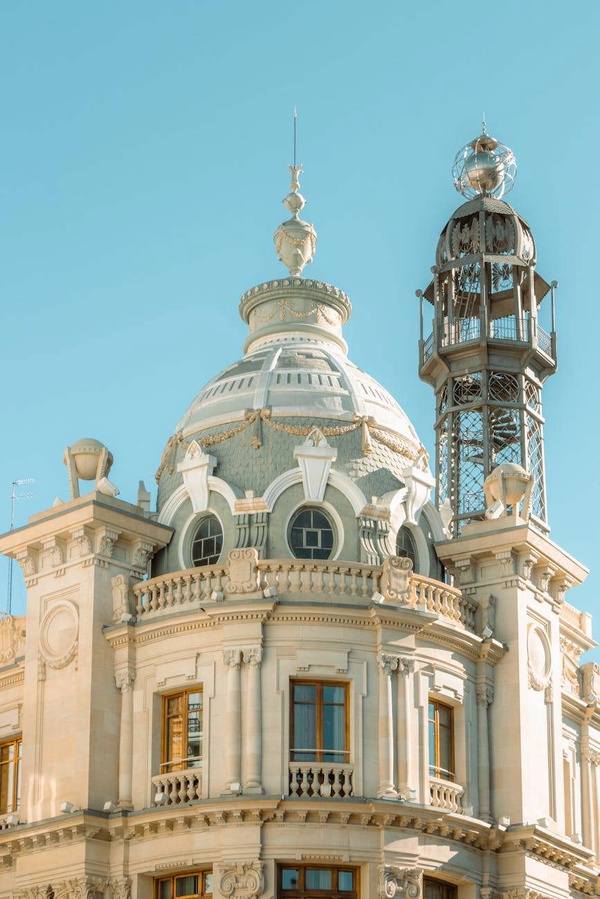Se hva du kan gjøre og oppleve i Valencia
Utforsk Valencia, hvor historie møter moderne sjarm! Beundre den gotiske katedralen, og få med deg Ciutat de les Arts i les Ciències for futuristisk arkitektur. Nyt en ekte paella i byen der den ble oppfunnet! Slapp av på de gyldne strendene, eller utforsk den frodige Turia-parken. For kunstentusiaster, byr IVAM på moderne kunst. Valencia er en by som virkelig har noe for enhver smak. Bli med på en reise gjennom smaker, kultur og uforglemmelige opplevelser!

